1. Introduction to the Vietnam Military History Museum
Vietnam Military History Museum - open architecture in the heart of Hanoi (Photo source: Collected)
The Vietnam Military History Museum is one of the important national museums, established in 1956 and has now officially moved to a new facility in Nam Tu Liem District, Hanoi. From November 2024, the museum will open to visitors, becoming an attractive destination for those who love to learn about national history, especially the periods of fighting against colonialism and imperialism. This is not only a place to preserve thousands of valuable military artifacts but also a display space that vividly recreates the heroic feats of the Vietnamese army and people.
Opening hours: 08:00 – 11:30 and 13:00 – 16:30 all days of the week (except Monday and Friday).
Address: Km 6+500 Thang Long Avenue, Xuan Phuong Ward, Hanoi City
Thanks to its modern space, convenient location and unique exhibition value, the museum has become a historical tourist destination in Hanoi chosen by many tourists, students and international visitors on their journey to explore the capital.
2. Explore inside the new Vietnam Military History Museum
What makes the Vietnam Military History Museum a tourist attraction is its majestic architecture, large space and the most modern technology in the country. In addition, the museum also owns many unique military collections with more than 150,000 artifacts, including 4 national treasures.
2.1. Architecture with modern and historical imprints
Artifacts on display at the Museum (Photo source: Collected)
The project is built with a scale of 4 floors above ground and 1 ground floor, with a total area of over 64,000m² and a height of 35.8m. The main space of the Vietnam Military History Museum is designed in a modern architectural style, delicately combined with soft lines, creating solemnity and harmony. Every detail in the project evokes the flow of history, helping visitors easily visualize the stages of development of the nation.
The special highlight is the 45m high Victory Tower – a symbol reminiscent of the historical milestone of 1945, when Vietnam regained its independence. This is not only an impressive architectural work but also a tourist attraction associated with spiritual values and national pride, attracting many tourists, students and those who love to learn about history and culture.
2.2. Exhibition space
Visit the Vietnam Military History Museum (Photo source: Collected)
To give visitors a comprehensive view of national history, the space of the Vietnam Military History Museum is arranged into 6 main topics, recreating each important period:
- Topic 1: The early period of nation building and defense.
- Topic 2: Journey to protect national independence from 939 to 1858.
- Topic 3: The resistance war against French colonialism to regain independence from 1858 to 1945.
- Topic 4: National resistance against France from 1945 to 1954.
- Topic 5: The war against America to save the country, period 1954 - 1975.
- Topic 6: The cause of building and defending the Fatherland from 1975 to the present.
Each theme is displayed with a system of valuable artifacts, images and historical documents, accompanied by detailed annotations to help visitors easily grasp the context of each period. In particular, the museum also applies a modern search screen, allowing visitors to learn more about the battles, national heroes as well as important milestones in Vietnamese history. This is a unique highlight, bringing an educational and emotional visiting experience.
2.3. Collections of valuable artifacts
Visitors to the Vietnam Military History Museum will be able to see with their own eyes valuable historical evidence, including four national treasures: MiG-21 aircraft number 4324, MiG-21 aircraft number 5121, Ho Chi Minh Campaign Determination Map and T-54B tank number 843.
In addition, the Vietnam Military History Museum is storing and displaying many cultural heritages related to the military such as weapons, military equipment, documents, images and artifacts about wars, etc. If you have the opportunity to visit the capital Hanoi, take the time to visit the museum to see these historical artifacts with your own eyes!
3. Instructions on how to move around when exploring the Vietnam Military History Museum
From the city center, visitors can choose from many convenient means of transportation as follows:
Exhibition space in the museum (Photo source: Collected)
3.1. Travel by personal vehicle
Visitors can use motorbikes or cars to take the initiative in their visit time. The most popular route is Thang Long Avenue, with a travel time of about 20 minutes by car and 30 minutes by motorbike. When you arrive, you can park your vehicle right on the museum grounds with a reference fee of 3,000 VND/motorbike and 20,000 VND/car.
3.2. Traveling by public bus
Buses are a cost-effective and convenient option. Bus routes that pass near the museum gate include: 71B, 74, 87, 88, 107, 157, E05, E07, E09. Visitors just need to get off at the stop on Thang Long Avenue and walk a few minutes to get there. This is also a suitable suggestion for students or tourists who want to experience public transportation in Hanoi.
3.3. Book a taxi or ride-hailing service
If you want to be faster and more comfortable, you can book a traditional taxi or use the Green SM application. With this service, visitors can easily choose a motorbike or car according to their needs, and there are often attractive promotions. This is a suitable option for groups of friends or families traveling with small children.
4. Notes when visiting the Vietnam Military History Museum
To have a complete trip and save time, you should remember some important notes below:
- Know the opening hours: The Vietnam Military History Museum is open every day of the week, except Mondays and Fridays. Therefore, visitors should arrange their schedule accordingly to avoid missing out on the tour.
- Find out the route and means of transport: Before leaving, you should look up the map, travel options by bus, taxi or personal vehicle. This helps save time and avoid traffic jams in the center of Hanoi.
- Dress smartly and comfortably: Since this is a place that houses many valuable historical artifacts, weapons and military documents, choosing modest clothing not only shows respect but also helps you move easily when visiting the many exhibition areas.
- Comply with museum regulations: Do not touch artifacts, do not film or take photos in prohibited areas, and maintain public order. This not only helps preserve heritage but also brings a good experience to you and other visitors.
In addition, before the trip, you can learn more about the entrance fee, museum tour guide, and history to make the experience more meaningful and memorable.
The Vietnam Military History Museum is not only a living archive of national history, but also a place to foster pride and patriotism in every Vietnamese person. Coming here, visitors will have the opportunity to go back in time, clearly feeling the indomitable spirit of our army and people through each artifact. If you are looking for a place to visit rich in knowledge and profound experience in Hanoi, the Vietnam Military History Museum is definitely a choice not to be missed.
Source: https://www.vietravel.com/vn/am-thuc-kham-pha/bao-tang-lich-su-quan-su-viet-nam-v17849.aspx



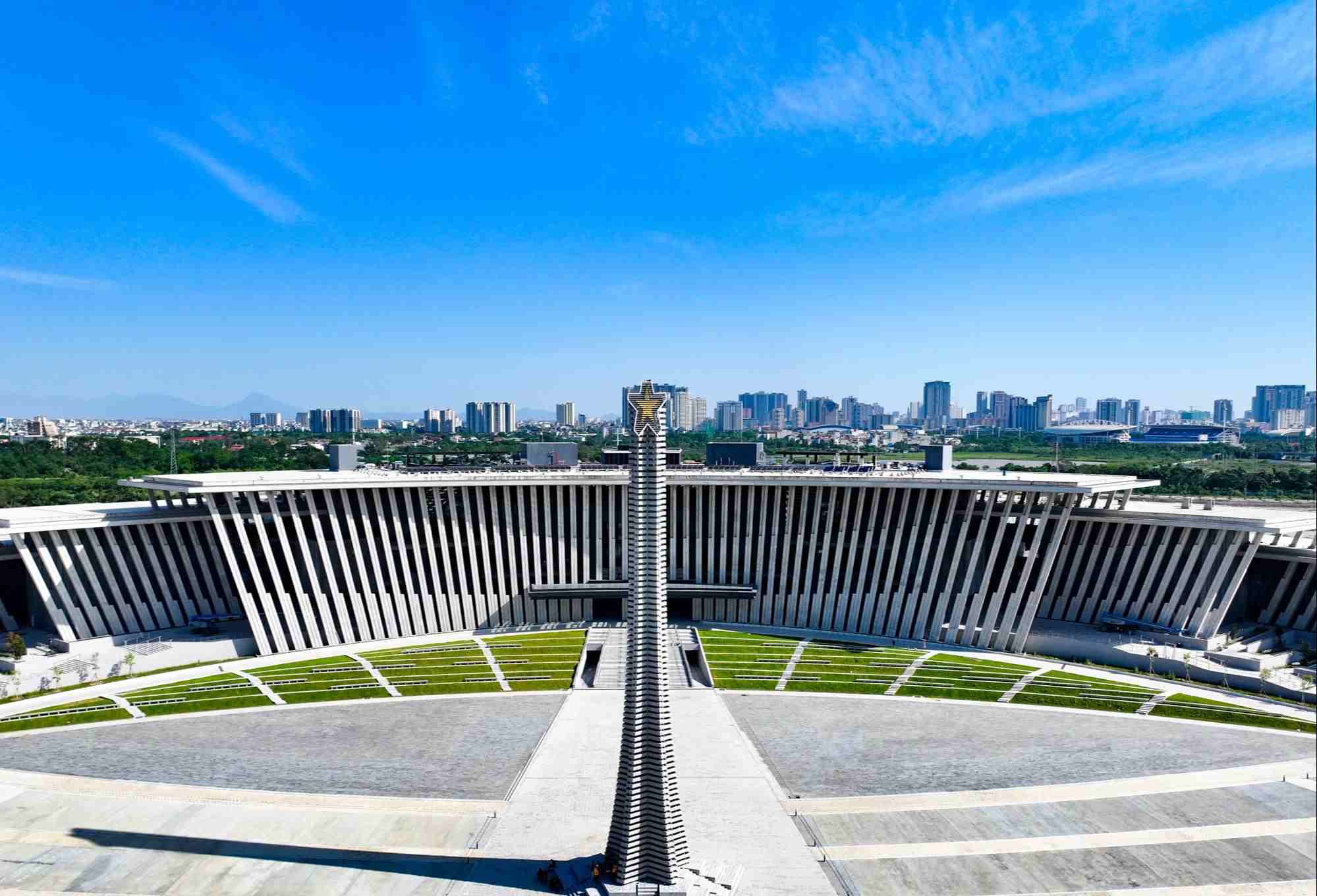
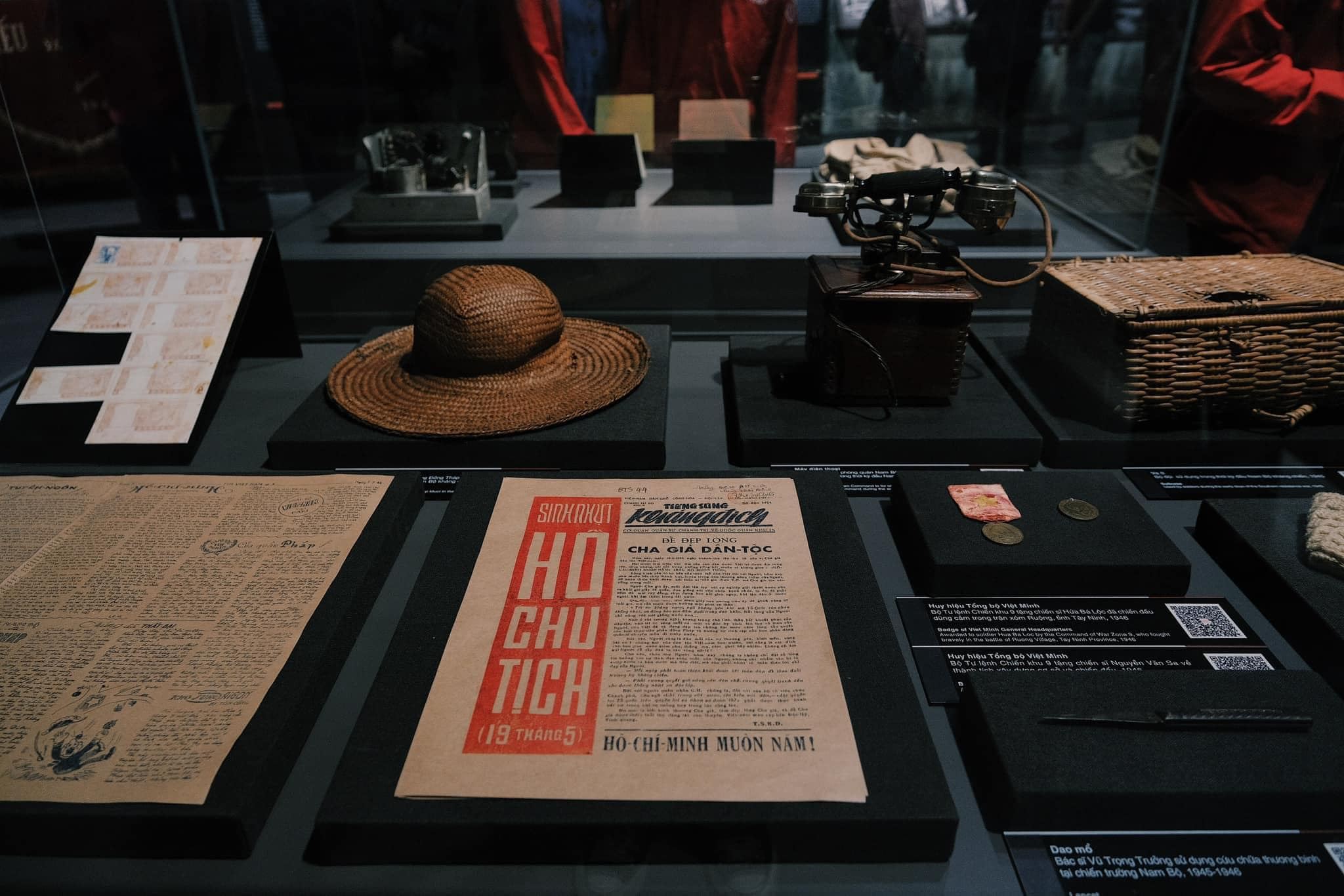
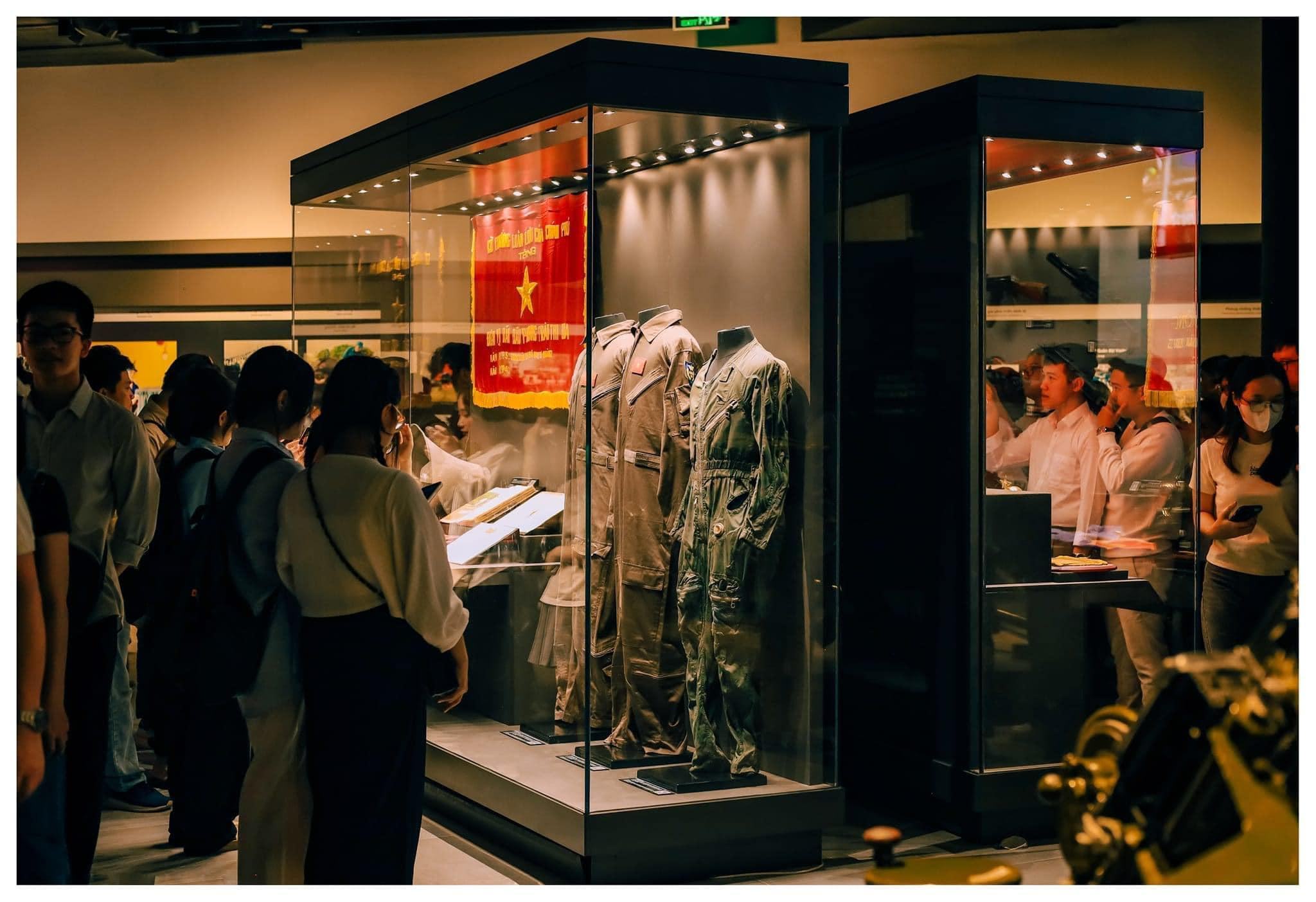
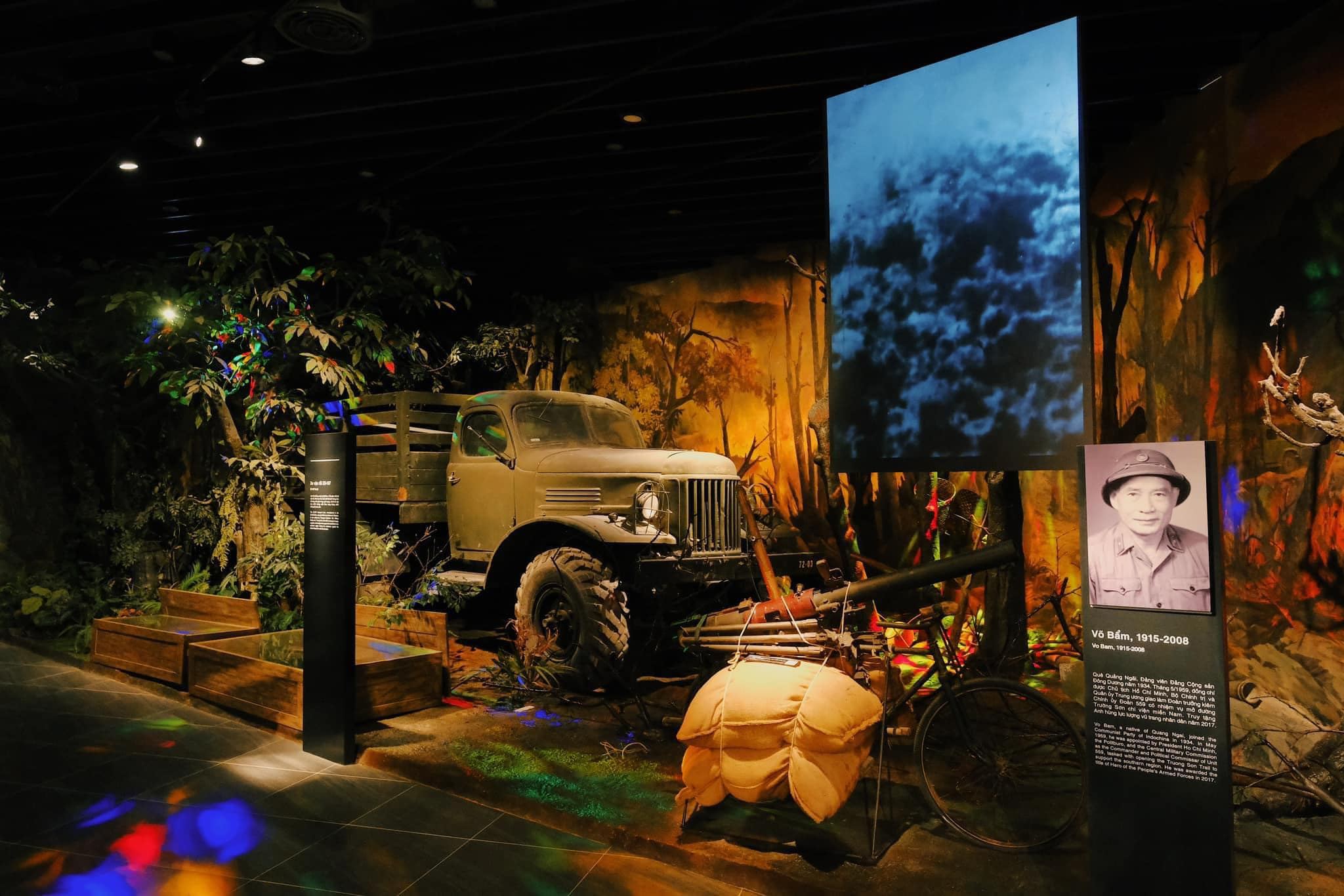
![[Photo] General Secretary To Lam attends the opening ceremony of the National Achievements Exhibition](https://vphoto.vietnam.vn/thumb/1200x675/vietnam/resource/IMAGE/2025/8/28/d371751d37634474bb3d91c6f701be7f)
![[Photo] Red flag with yellow star flutters in France on National Day September 2](https://vphoto.vietnam.vn/thumb/1200x675/vietnam/resource/IMAGE/2025/8/28/f6fc12215220488bb859230b86b9cc12)
![[Photo] Politburo works with the Standing Committee of Cao Bang Provincial Party Committee and Hue City Party Committee](https://vphoto.vietnam.vn/thumb/1200x675/vietnam/resource/IMAGE/2025/8/28/fee8a847b1ff45188749eb0299c512b2)
![[Photo] National Assembly Chairman Tran Thanh Man holds talks with New Zealand Parliament Chairman](https://vphoto.vietnam.vn/thumb/1200x675/vietnam/resource/IMAGE/2025/8/28/c90fcbe09a1d4a028b7623ae366b741d)
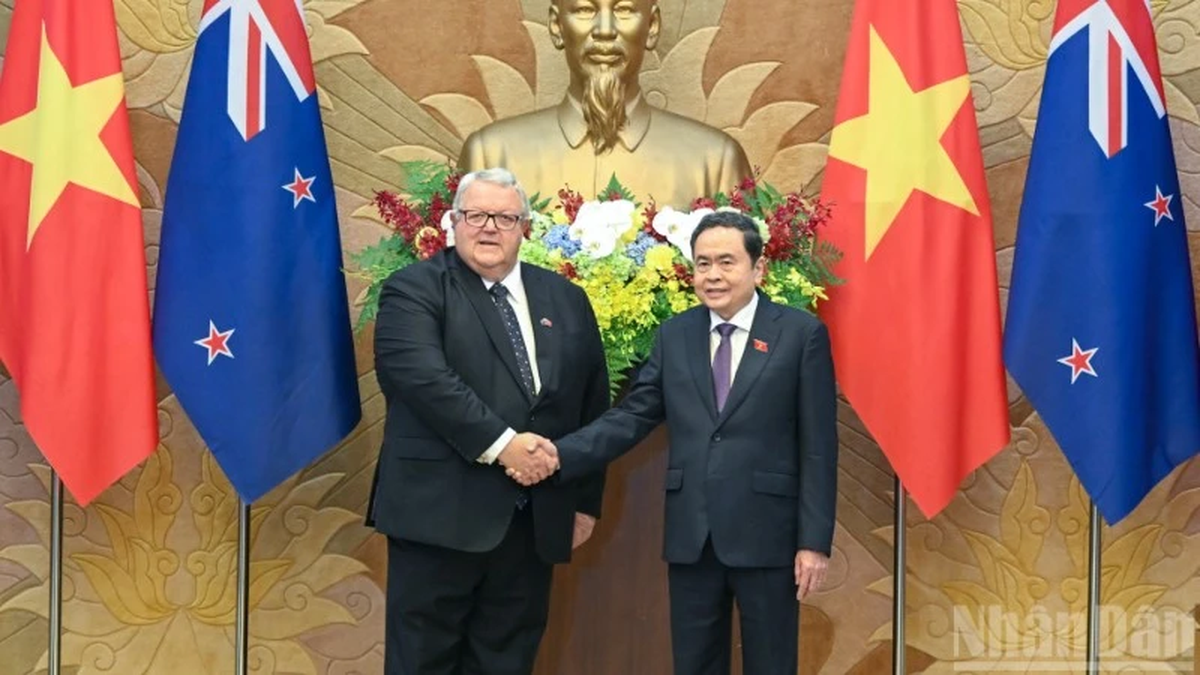
![[Photo] General Secretary To Lam presents the 45-year Party membership badge to comrade Phan Dinh Trac](https://vphoto.vietnam.vn/thumb/1200x675/vietnam/resource/IMAGE/2025/8/28/e2f08c400e504e38ac694bc6142ac331)


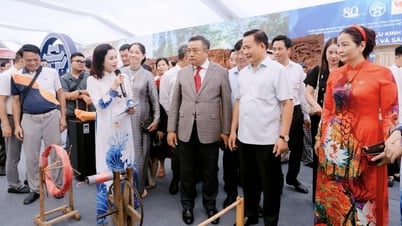

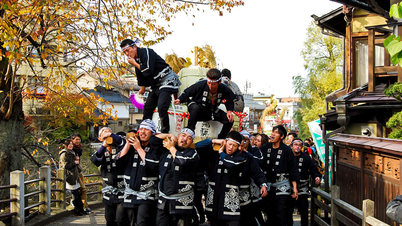


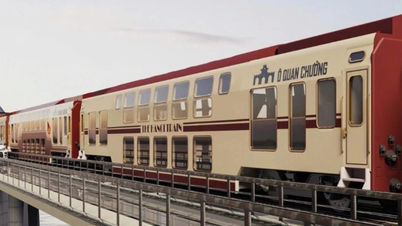













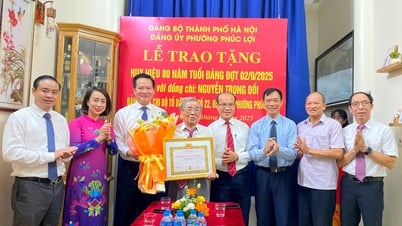
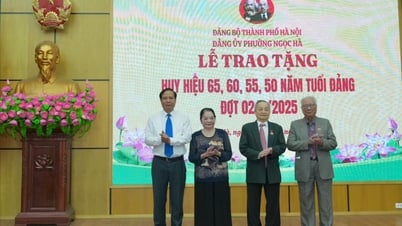
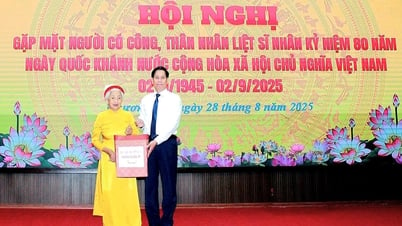

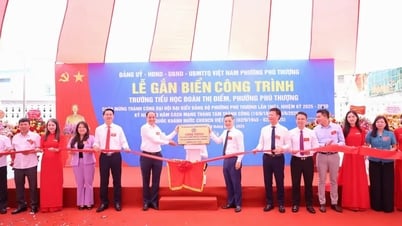
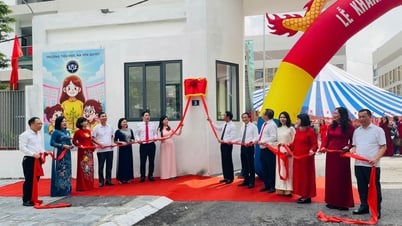




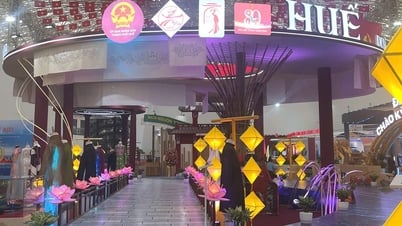

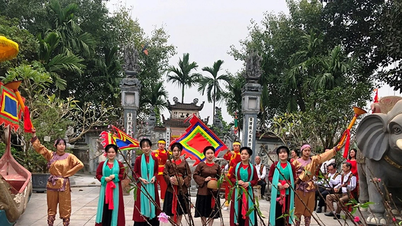

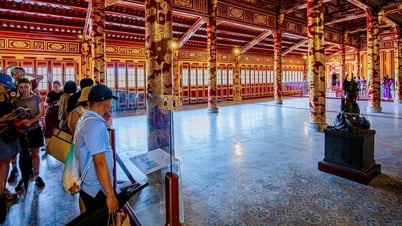




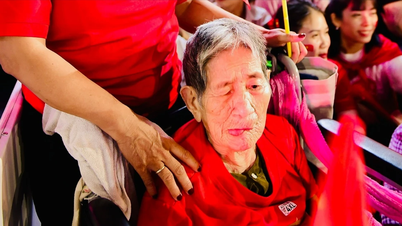



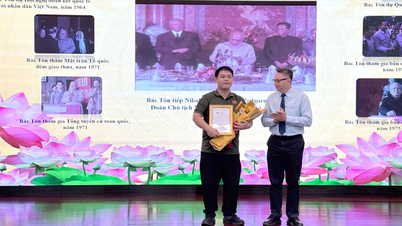

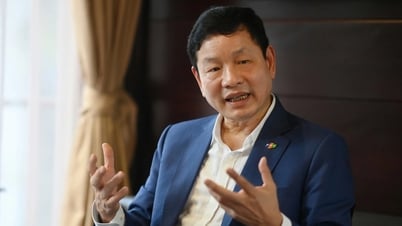



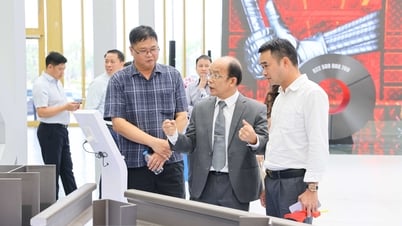
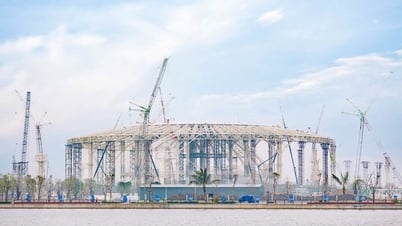
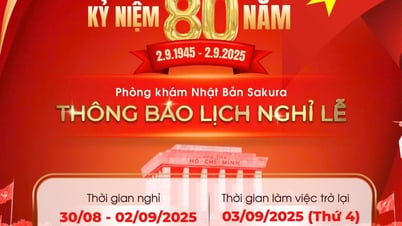
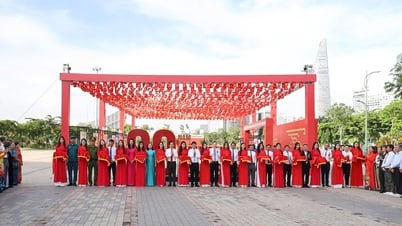







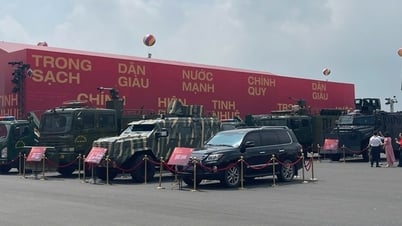





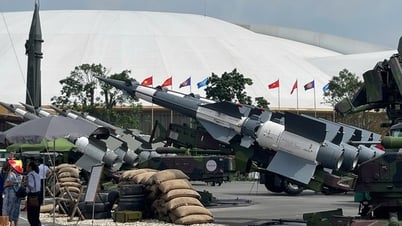
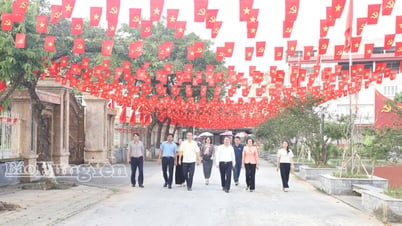



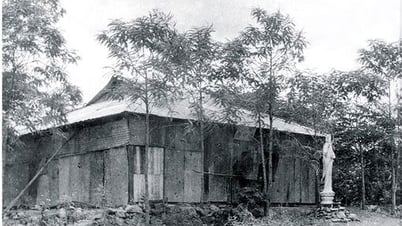





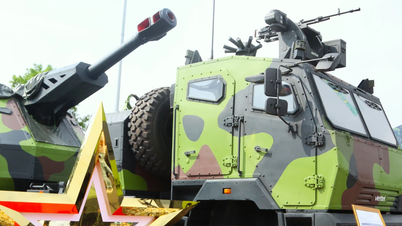













Comment (0)